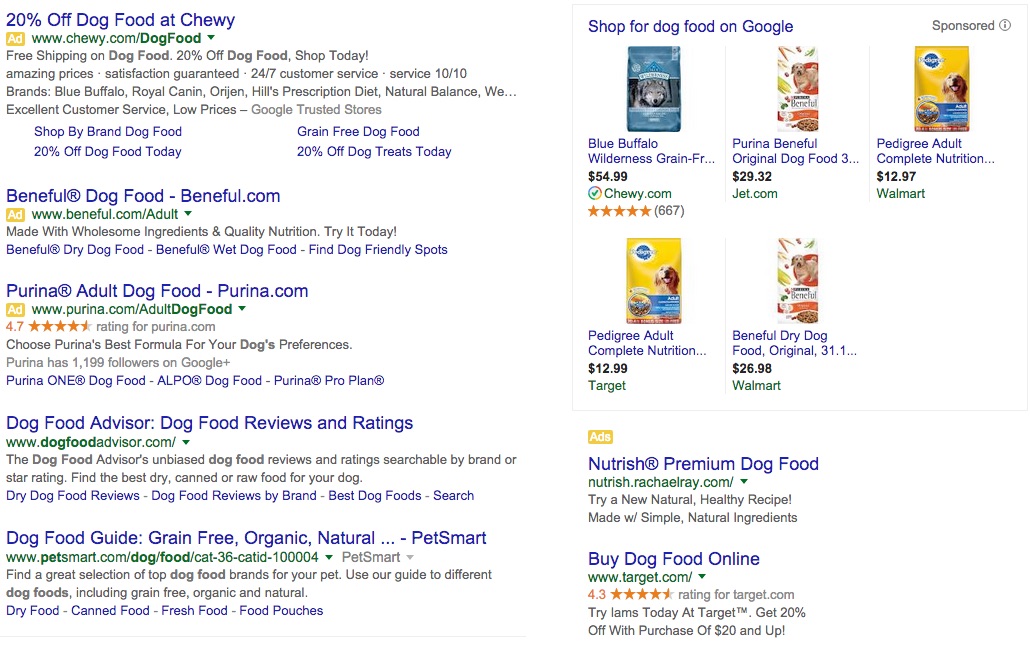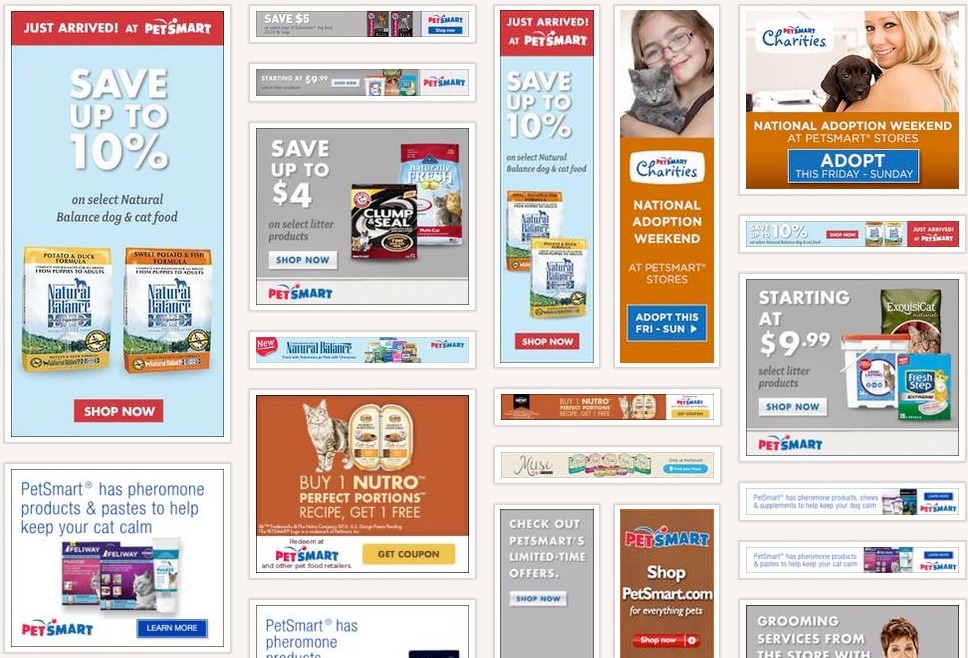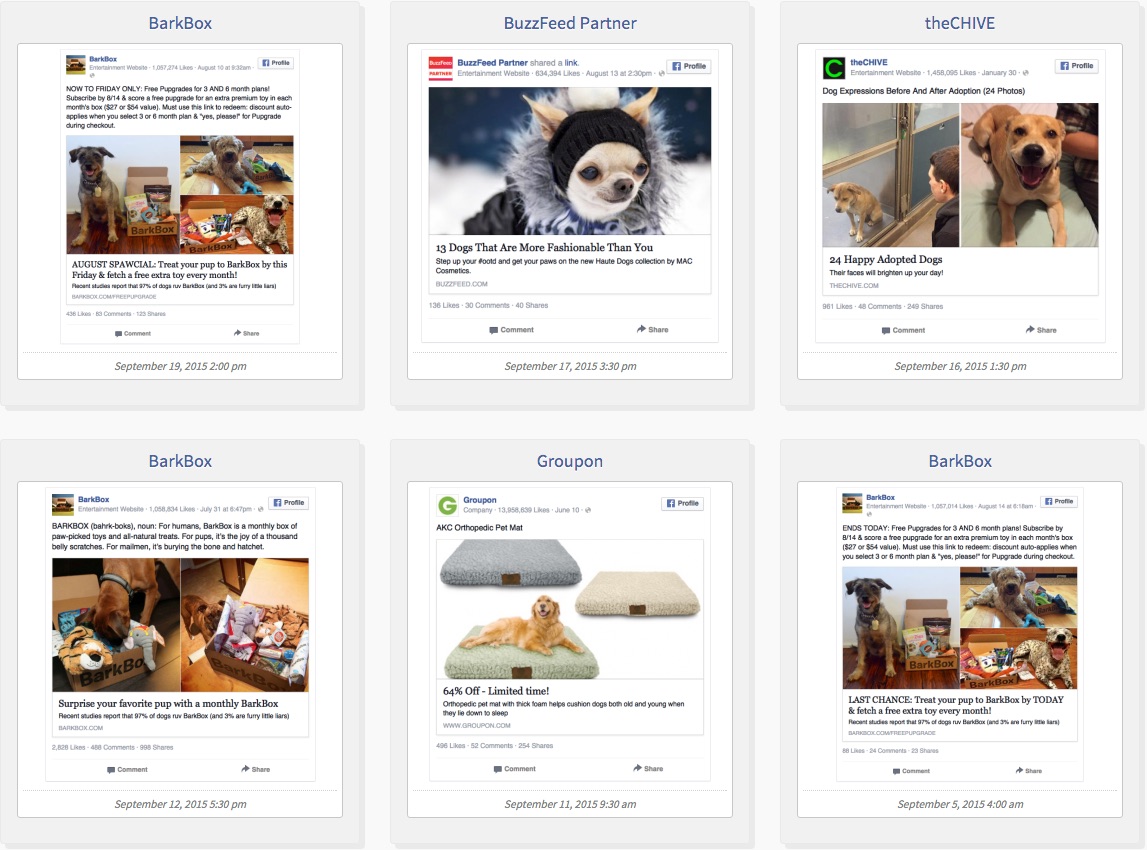How to Create Great Ads for Search and Social
Not getting enough traffic from search engines and social media networks? Advertising can help. In search, advertising through networks like Google AdWords can help you reach people in search results, YouTube, and throughout the web using Google’s Display Network. On social media, advertising can help you grow your audience, build your email list, and drive traffic to your website. In this post, we’re going to look at the basics of creating great ads for search and social media.

1. Look at your competitor’s ads for inspiration.
Whether you are starting on Google or on Facebook, your first job should be to check out your competition’s ads. This will give you some insight into the types of ads your customers are used to seeing and some inspiration as to how to create your own.
A better way to manage your finances
With Hiveage you can send elegant invoices to your customers, accept online payments, and manage your team — all in one place.
For Google search ads, research is easy. Simply search for the keywords you plan to target with your ads.
If you don’t see any ads for the keyword you search, you may want to reconsider advertising unless you are certain it is a keyword that people search to find your business, products, or services. No competitors either means that a keyword phrase may be more informational in intent than commercial. In other words, people use it to find information, not make purchases.
For display ads on the Google network (banner ads), you can use Moat to find examples by top brands in your industry.
Researching social media ads is a bit more of a challenge because of the advanced targeting. If your personal profile on a network doesn’t match the demographics targeted by your competitors, you may not see their ads.
This leaves you with two options. You can start by visiting your competitor’s websites to see if they are doing any retargeting ads, or ads directed to visitors of their website. Or, you can create a social media profile that fits you and your competitor’s ideal customer in terms of demographics and interests, become a fan of your competitors, and then watch your newsfeed to see their ads.
Depending on your industry, you may be able to find some ad examples from your competitor’s in the Facebook Ads Gallery by AdEspresso. Even if you don’t, you will still find some great examples to work with in terms of inspiration for text, images, and other ad elements.
2. Note the differences in messaging between search, social, banner, and other types of ads.
As you find ads by your competitors or similar businesses in your industry, be sure to note the messaging for text-based search ads, banner ads, and social media ads. You may find that search ads and banner ads by a brand are serious, while their social media ads are more fun-loving.
You may also find that businesses use search ads and display ads with carefully-worded copy and high-quality images. But on social media, they use casual language and images supplied from their customers.
These are all subtle differences to note as a business or brand that has been advertising for a long time has likely done their research to determine which types of ads are going to convert best for their business. Therefore, you may want to try their approach in different mediums so you can see similar results for your business.
3. Get visual.
Aside from text-based ads in Google search results, most other advertising will require visual content. If you’re not a designer, you can use tools like Canva to create display ad banners and social media posts.
You can also use sites like Fiverr and 99designs to get others to create custom visual content for you. You can also go with simplicity and choose stock photos (and videos) from sites like BigStockPhoto.
The point is, you don’t have to rule out ads that require great images just because you can’t create them yourself.
In Conclusion
Just because something works for your competitor doesn’t mean it will work for your business. That’s why experimentation is a must. If you set up an ad and it leads to lots of clicks, but no new leads or sales for your business, then you need to try different messaging, imaging, keywords, audience targeting, and platforms.
You may ultimately find a humorous ad on Facebook and a serious, boring text ad on Google perform best. Or, you may find a mobile ad on Facebook is the only thing that works. But the key is to take some time to try new things and measure the results.
Join thousands of business-savvy entrepreneurs on our mailing list.
Curated emails that’ll help you manage your finances better.




